Vape Kit Maintenance (How to Clean your Tanks)
Jun 26, 2020
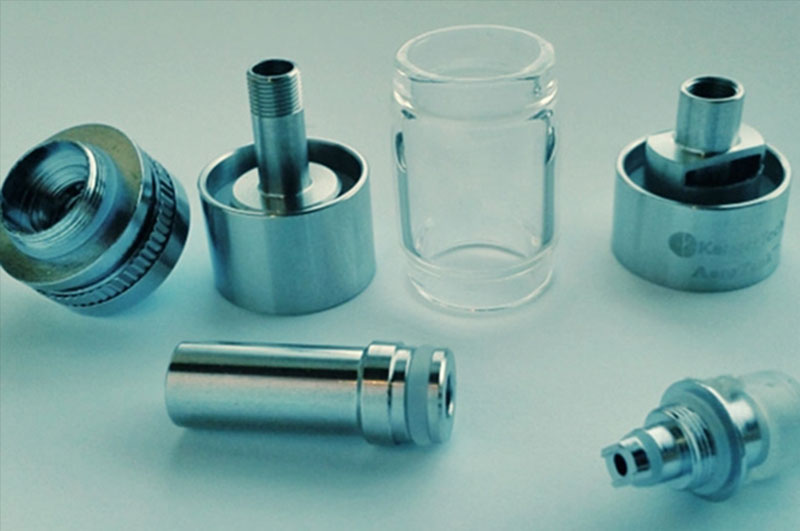
Working in a vape store means seeing a lot of other people’s kits. Without adding too much detail I feel the need to write this guide as so many problems people get with their kits can be mitigated or completely solved by simply cleaning up their kits. This process takes next to no time and the actual work involved takes about five minutes. Lets begin!
Cleaning your tanks
The tank is the part of the vape which does most of the dirty work. Vapour leaves a residue with condensation on just about every part of every tank. This includes the airways leading into the tank, the drip tip leading out, and the coil itself. Whilst the coil doesn’t need cleaning as they are often a replaceable part (Rebuildable users need not apply here) the gunky buildup that occurs on a well-used coil will eventually begin appearing in the recesses of the tank. Despite the best efforts of the design team behind the devices, I have yet to see a tank that is entirely leak-proof. To begin with, dismantle the tank.
This process can vary quite significantly from tank to tank. Larger tanks such as any of the Smok TFV8 or V12 Prince tanks can be dismantled entirely by unscrewing the top and bottom sections from each other, removing the coil, and pressing the frame through the glass with your fingers. Smaller tanks such as the aspire K2 and K3 does not have a removeable glass, and so will be submerged with the frame inside it.
Any tank that uses a top-fill mechanism such as a sliding top, twisting top, or a top which fully unscrews should be opened as far as possible. If your atomiser is still good and you’re just cleaning the tank anyway (Go you!) keep it to one side, wrapped in paper towels to absorb excess liquid. Remove the drip tip if possible, clean with a piece of kitchen roll. If there is stubborn gunk, use luke-warm water and a soft sponge to dislodge it. Get a leak-proof container of some sort. I use takeaway tubs which I have kept for reasons like this, put a tiny amount of detergent in the bottom (About the size of a pea) and fill with freshly boiled water.
Place the base, glass and top section of the tank in the water. Do not place the atomiser or drip tip in the water unless your drip tip is steel. Be aware that the o-ring seals on your tank may pop off due to the heat. This isn’t a problem, you can put them back on when you rebuild the tank. Allow the tank to sit in the water for about 20-30 minutes, occasionally sloshing it about. Drain the soapy water and rinse thoroughly with luke warm water until there is absolutely no detergent left. Remove the components and thoroughly dry with kitchen roll or a paper towel. If you have a thin rag you can dedicate to the task that would be even better. This will remove any build up which was too stubborn for the water to remove. Leave on paper towels for 10-15 minutes somewhere warm, I leave mine on a radiator. This ensure all parts are fully dried before use. Make absolutely sure there’s no water still in the base of the tank, you don’t want the air channels to have any water in them else it will be sucked up into the atomizer when you resume normal use.
You can blow into the base of the tank to get rid of any excess water if necessary. Replace any o-rings or seals which may have escaped and re-attach your atomizer (or put in a new one for a vape that is exactly like a brand new tank). Prime your coil, fill your tank, done!
Clean your mods
Mods are a different story, generally the only parts of a mod which get dirty are the 510 connector (The bit your tank screws on to). To clean this, simply unscrew your tank from the mod and wipe the connector (inside and out) with a paper towel. Don’t try to clean a mod with a damp rag as this could affect the internal components. Simply wipe down all external faces with a dry paper towel to clean.
Disclaimer: The content on www.royalflushvape.co.uk offers general insights about vaping and vape related products. Please be aware that this information is not meant to be a substitute for medical advice and should only be relied upon when explicitly referenced. We make no guarantees regarding the accuracy, reliability, or health-related advantages of the content displayed across all pages of our website, including blog posts, product pages and social media content.
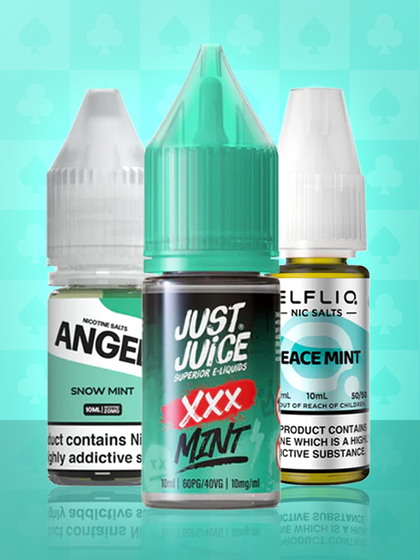
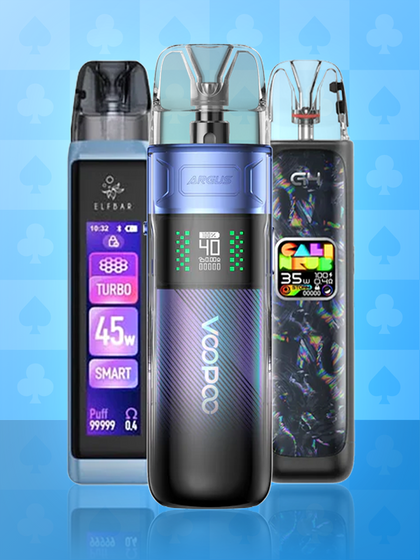
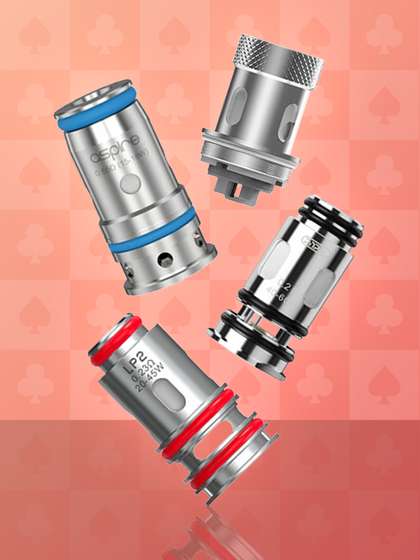
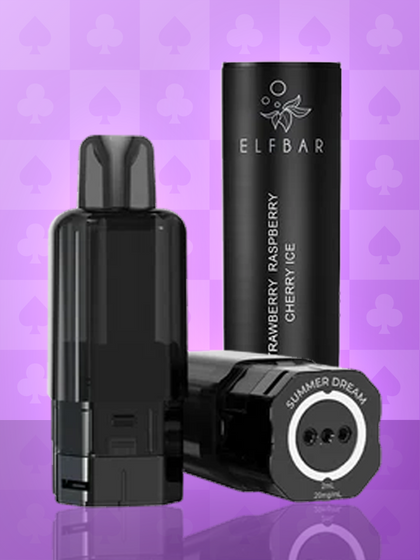
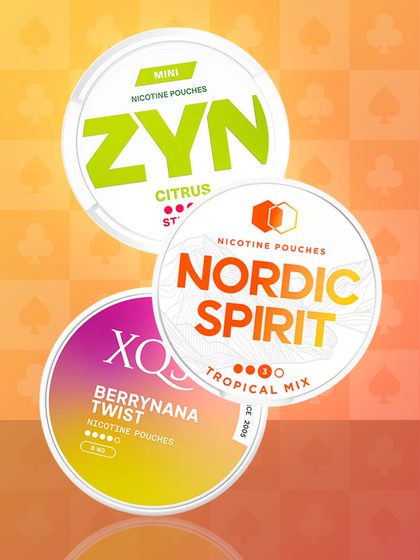
Leave a comment